Performing at a high level as a team is not a rite of passage, and it very rarely just happens, even when you start with a group of quality athletes. Every team, sporting or otherwise, starts as a group of diverse individuals and follows predictable patterns, or stages of development, on their way to becoming a cohesive team.
So, what can a coach do to help their team through the stages of team development? It’s a good question, and there is a lot. Coaches and team leaders can play a pivotal role in progressing their teams through the inevitable stages of development, while ensuring their team members don’t get stuck in the stages where conflict is arises. Ultimately, every team shares theend goal of getting to the performance stage as efficiently as possible.
In this article we’ll give you a brief overview of each stage, what it looks like, and what its purpose is. Importantly, we’ll also discuss what a coach can do to help guide their team through each stage and onto the next.
These stages of development are not unique to the sporting environment, but sporting teams go through these just like any other group of people, so it’s a useful framework to view your team’s current dynamics through – wherever they’re up to. So, to help you further understand each stage, we’re going to delve into the theory and background surrounding team development.
Tuckman’s Stages of Team Development
The first four stages of team growth were initially developed by Bruce Wayne Tuckman and published in 1965. His theory titled ‘Tuckman’s Stages’ was based on research conducted on team dynamics. He believed (as is still a common belief today) these stages were an inevitable part of the process if a team was to grow to a point where they could function together effectively and deliver high quality results.

In 1977, jointly with Mary Ann Jensen, Tuckman added a fifth stage to the four stages, ‘adjourning’. The adjourning stage is identified as being the time when the team is completing a current project (or it is at the end of a competition season) and they will soon be joining other teams (and/or moving on to other work) in the near future.
For a high performing team, the end of a season or project generally brings feelings of sadness, as team members who had effectively become ‘one’, are now going their separate ways.
The 5 Stages of Team Development in Sport are:
- Stage 1: Forming
- Stage 2: Storming
- Stage 3: Norming
- Stage 4: Performing
- Stage 5: Adjourning
Stage 1: Forming
The ‘forming’ stage takes place when the team first meets each other. Team members are introduced, they share information about their backgrounds, interests, and experiences, and form first impressions of each other. They learn about the plans for the year ahead, training, and competition, discuss the team’s objectives and goals, and start to think about what role they can play on the team. They are not yet training or working together, this is the very beginning. They are effectively ‘feeling each other out’ and finding their way around how they might work together.
An Example of Forming in Action
You have just finished the selection process for the State Team. At the first team meeting you may notice the athletes interacting politely, but distantly. Some athletes who have previously competed fiercely against each other may be particularly wary or even aloof in their interactions. Before this selection, many of the athletes may have only interacted as competition, however athletes who have worked together at another level may gravitate towards each other.
Asking athletes not to wear anything associative with a particular region or club may help emphasize that previous competitors need to work together. We talk a lot about the importance of symbolism in developing team cohesion, the first team meeting can be a great time to hand out team clothing. I remember when I was selected on Olympic Teams, being immediately rewarded with an Australian Olympic Team shirt represented the new identity in belonging to a new team.
Coaching Contribution
During this initial stage of team growth, it is important for the coach or team leader to be very clear about team goals and provide clear direction for the team or project. The coach or team leader should ensure all members are involved in determining team roles and responsibilities, working to help them establish how they will work together (creating ‘team norms’). The team is dependent on the coach or team leader to guide them at this stage.
Stage 2: Storming
As the team begins to work, train, play, and compete together they move into the ‘storming’ stage. This stage is unavoidable and every team, especially a new team who has never worked together before, will go through this phase of development.
During this stage, you will see team members compete for status and acceptance of their ideas. They will have differing opinions on what should be done and how it should be done, often resulting in conflict within the team.
As they progress through this stage, with the guidance of their coach or team leader, the team will learn how to solve problems together, function both independently and collectively, while settling into their roles and responsibilities within the team. For team members who do not like conflict, this is a difficult stage to go through. An effective way to speed up this stage and increase both their own and their athletes’ self and team awareness, is to have them each complete their AthleteDISC Profile. Each individual’s AthleteDISC profile is generated from the responses they each give in a 12-minute online survey. Profiles detail the way each athlete communicates, processes information, usually works with others in the group, and approaches problems. Profiles give an essential insight into the pace the athlete is comfortable with and how they build relationships. having each athlete share their profile with the group is tremendously beneficial and the understanding generates tolerance and good will within the group as they move forward as a team.
An Example of Storming in Action
The first intensive training camp for the state team has just begun, and even though the selection process has finished there may appear to still be some competition between athletes as they attempt to settle into their positions and status within the team. Two athletes, who have had previous conflict in club competition, exchange words in a heated training session where they are again placed in opposing positions. As the team becomes more established, build trust and interpersonal relationships, and roles are clarified, generally this type of conflict will sort itself out. Teams who are not progressed or guided through this stage though, can remain stuck in it.
Coaching Contribution
The coach or team leader needs to be adept at facilitating the team through this stage ensuring the team members learn to listen to each other and respect differences and ideas. This mean not allowing any one team member to control all conversations, but facilitating and encouraging contributions from all members of the team. The coach and team leader will need to coach some team members to be more assertive and other team members on how to be more effective listeners.
This stage comes to a close when the team is more accepting of each other and learns how to work together for the good of the team. It means valuing diversity and arriving at the position of knowing the team needs all different types of personalities and behavioral styles in order to be a success.
At this point, the coach and team leader can start transitioning some decision making to the team to allow them more independence and leadership, but still stay involved to resolve any conflicts as quickly as possible.
Stage 3: Norming
When the team moves into the ‘norming’ stage they are beginning to be more effective as a team.
They are no longer focused on their individual goals, but rather are focused on developing a way of working together to achieve the best results for the team. They respect each other’s opinions, value their differences, and the unique contributions each bring to the team. They begin to see the practical value in those who are different on the team and want to be the best athlete for the team.
At this stage, working together as a team seems more natural and it becomes obvious when the team is not functioning as a ‘team’. At this stage the team has agreed on their team rules for working together, how they communicate and resolve team conflict, and what tools and processes they use to get things done. Team members begin to trust each other and actively seek each other out for assistance and input, and rather than competing against each other, they are now helping each other to work toward a common goal. The team members also start to make significant progress as a team, evidenced by their successful collaboration.
An Example of Norming in Action
At this point the team has melded together effectively. You might notice the captain or leader in the team seeking input from another member over an idea, or maybe a teammate recognizes the strength of another teammate and how this could be best utilized. In competition, the team may have some success, and you may notice that the team appears to be guiding themselves with less direction from you as a coach.
Coaching Contribution
At this stage, the coach or team leader may not be as involved in decision making and problem solving, since the team members are working better together and can take on more responsibility in these areas. The team has greater self-direction and is able to resolve issues and conflict as a group, allowing the coach to focus more on the strategy and growth trajectory of the team.
Stage 4: Performing
In the ‘performing’ stage, teams are functioning at a very high level. The focus is on reaching every goal as a group. The team members have gotten to know each other, trust each other, and rely on each other. Performance can be measured by the morale of the team and the actual on field performance of the team. That is, are they achieving their performance statistics or quite simply, are they winning and feel great about being part of a team.
Not every team makes it to this level of team growth. Some teams stop at stage three, norming, or even get stuck in the storming stage.
At this stage, a highly performing team functions without oversight and the members have become interdependent. The team is highly motivated to get the job done with the best results. They can make decisions and problem solve quickly and effectively. When they disagree, the team members can work through it and come to a consensus without interrupting progress. If there needs to be a change, the team will come to agreement on changing processes on their own without reliance on the coach and team leader.
It’s important to note that even once at this stage, there is a possibility that a team may revert back to another stage. For example, it is possible for the team to revert back to the ‘storming’ stage if a member starts working independently. Or, the team could revert back to the ‘forming’ stage if a new member joins the team. When significant changes occur, it is possible for the team to revert back to an earlier stage until they are able to manage and re-progress through the change.
An Example of Performing in Action
The change between norming and performing may have been helped along by a team bonding exercise which brought the team together, or maybe it was just a natural progression of the team working together more often. Either way the team begins to work much more independently. Conflicts you as the coach would previously have to resolve, might now be easily handled by the team. The camaraderie between the team may be at its highest level. A big difference in teams at this stage is the degree to which they significantly add value to their fellow team members by encouraging, challenging and motivating each other.
Coaching Contribution
At this stage, the coach or team leader is less involved in decision making, problem solving, or other day-to-day workings of the team. The team members work effectively as a group and do not need the oversight that is required in previous stages. The coach or team leader will continue to monitor the progress of the team and celebrate milestone achievements with the team to continue to build on team camaraderie. The coach or team leader will also serve as the gateway when decisions need to be reached at a higher level within the organization.
Stage 5: Adjourning
The final stage of ‘adjourning’ is when the team is disbanding at the end of a competition season or the team’s assigned project is complete. For a high performing team, the end of a season or project brings feelings of sadness as team members who had effectively become one, are now going their separate ways. It is an important opportunity to complete a review of what has been achieved and how you would further improve the experience next time.
An Example of Adjourning in Action
It is the end of the competition season and you are having your celebration dinner. Those involved may be feeling saddened at the season conclusion and the end of this team as they currently know it. It is very unlikely that the exact same team will be working together again, so the loss of the camaraderie between the team may upset some athletes. During this time, it is important to reflect on what made the experience in the team so positive, and the learnings that the team members can take into their next grouping to produce positive environments again.
Is the Team Effective or Not?
There are various indicators for whether a team is working effectively together as a group. The characteristics of effective, successful teams include:
- Clear communication among all members.
- Regular brainstorming session with all members participating.
- Consensus among team members.
- Problem solving by the group.
- Commitment to the team goals and the other team members.
- Regular team meetings are effective and inclusive.
- Positive, supportive relationships among all team members.
Teams that are not working effectively together will display the characteristics listed below:
- Lack of communication among team members (and between coaches and players).
- No clear roles and responsibilities for team members.
- Lack of concern for training quality.
- Team members work alone, rarely sharing information and offering assistance.
- Team members blame others for what goes wrong, no one accepts responsibility.
- Team members do not support others on the team.
- Team members are frequently absent.
Summary of the Stages of Team Development in Sport
It is important to remember that every team – sporting or otherwise – will follow these stages of team development. It is the job of the Coach or team leader to help see the team through these stages; to bring them to the point where they are working as effectively as possible toward a common goal.
More information on how to get your team off to the best start is available in our article on ‘Pre-Season Preparation and using the GRIP Model’. And, of course we can provide you with samples and information surrounding Athlete Assessments’ DISC Profiles but if you’d like to read up on the benefits of using profiles you can start here.
For more information about how Athlete Assessments can contribute to your team development or review process, click here to read more about our Program Reviews.
At Athlete Assessments, we’re here to provide you with excellence in service and here to help you be your best. If there is anything we can assist you with, please contact us.
Recommended Articles
Let me ask you the most important of coaching questions, “What style of coach are you?” As coaches we occupy a special, even privileged place in our athletes’ lives. On the surface, we are just a part of their athletic journey, but really, we often spend as much, if not more time with our athletes, than their family and close friends.
Dr LaTisha Bader, Certified Mental Performance Consultant on using Athlete Assessments’ DISC Profiling to develop self-awareness and team chemistry.
All athletes will perform at a level under their best at some point. How Coaches manage this impacts the athlete’s future performances. Studies into coaching effectiveness continually suggest everything we say and do as a Coach impacts our athlete’s performance. This article provides two simple athlete feedback mechanisms to use with your athletes to ensure their performance improves with your coaching feedback. The first technique is called the feedback sandwich. It is a three step model for giving constructive encouragement and athlete feedback.
In a team it can be difficult to understand why tension can develop between some athletes, yet other athletes gel from start. In this article we discuss the team tension between the different DISC styles in a team environment, due to their different priorities in pace and relationships.
Why we recommend it: Bringing together a group of people to forge a high performing team culture is no simple exercise. It doesn’t happen by itself, nor is it a ‘matter of time’. Master coaches understand the intricacies, focus and persistence it takes. Be confident in managing your team’s unique culture, with practical coaching strategies to keep your team on the right track. It can be difficult to find a resource that can effectively guide your team through the potential pitfalls of culture. But this eBook is designed to take you step by step through the four distinct types of culture, and how to coach for these cultures.
Using DISC to Create high-performance TeamsGreat teamwork happens when your athletes embrace the philosophy that they should be the best person for the team rather than the best person on the team. In the selection…


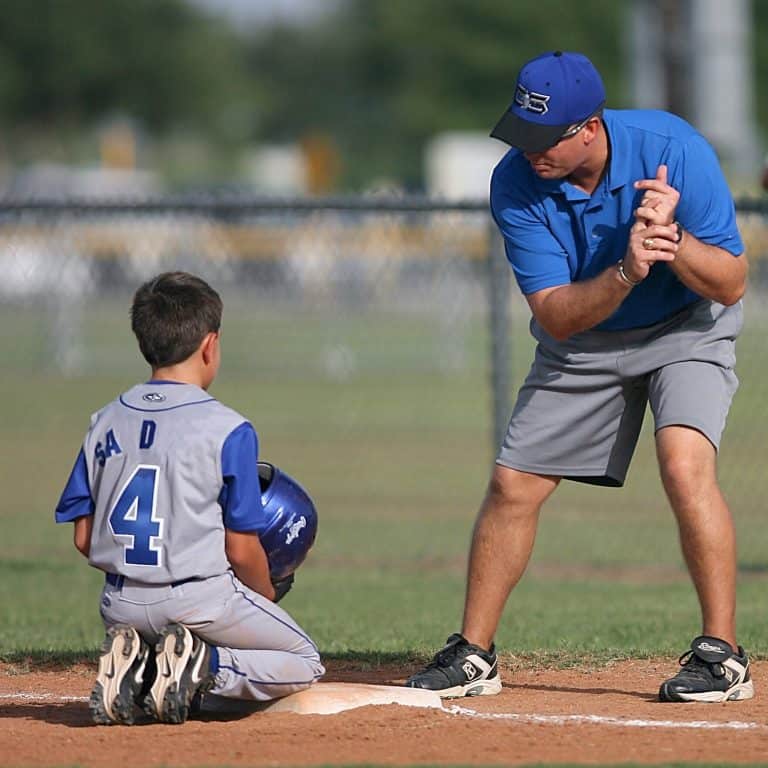

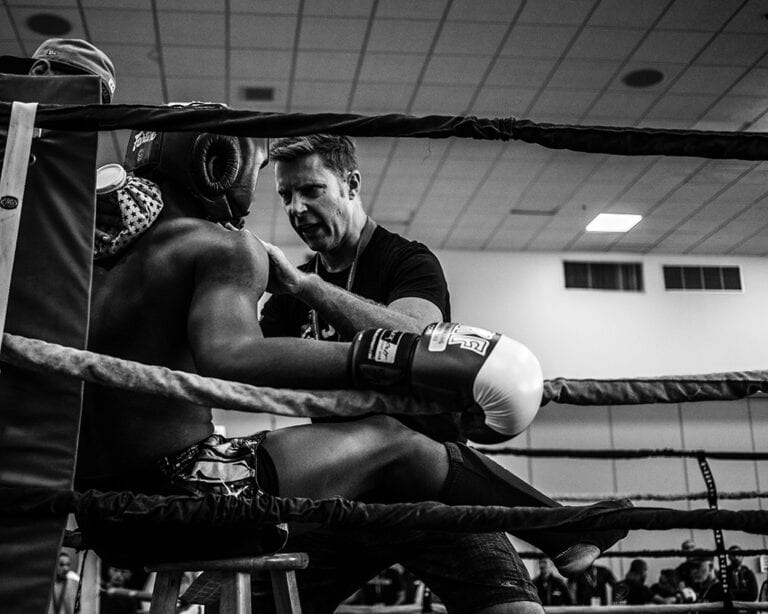
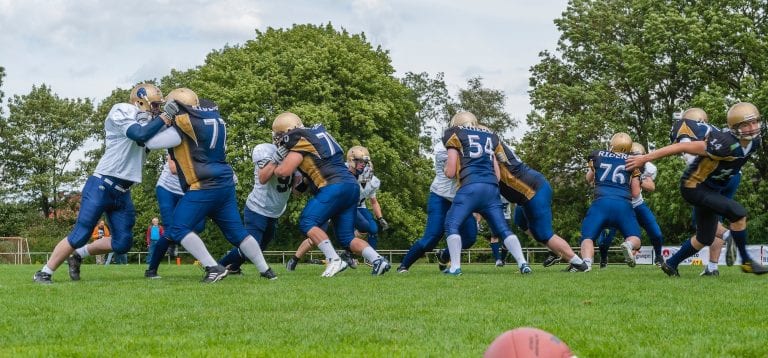

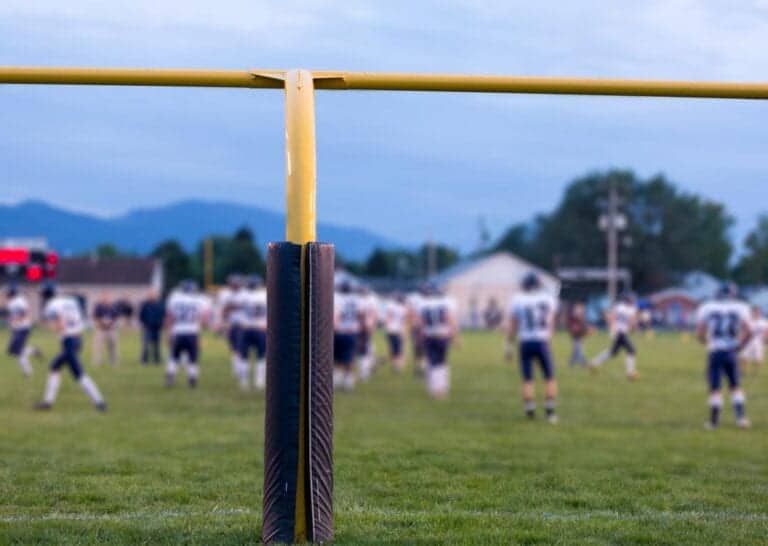
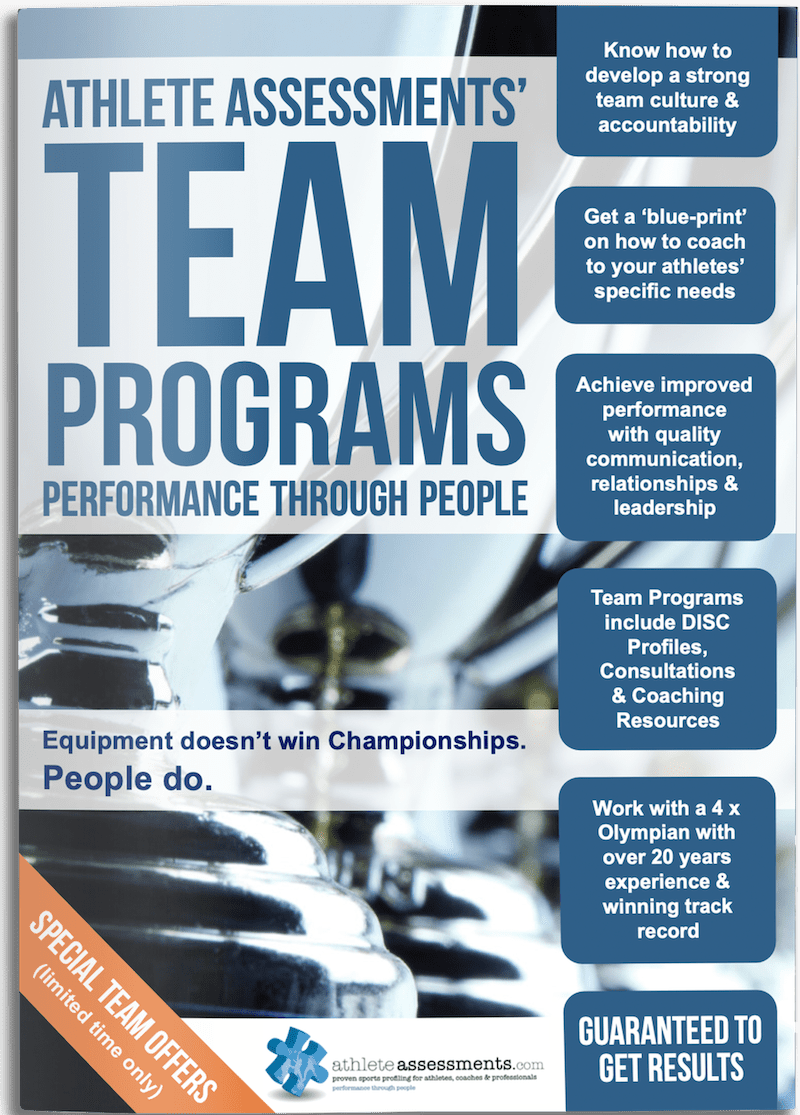
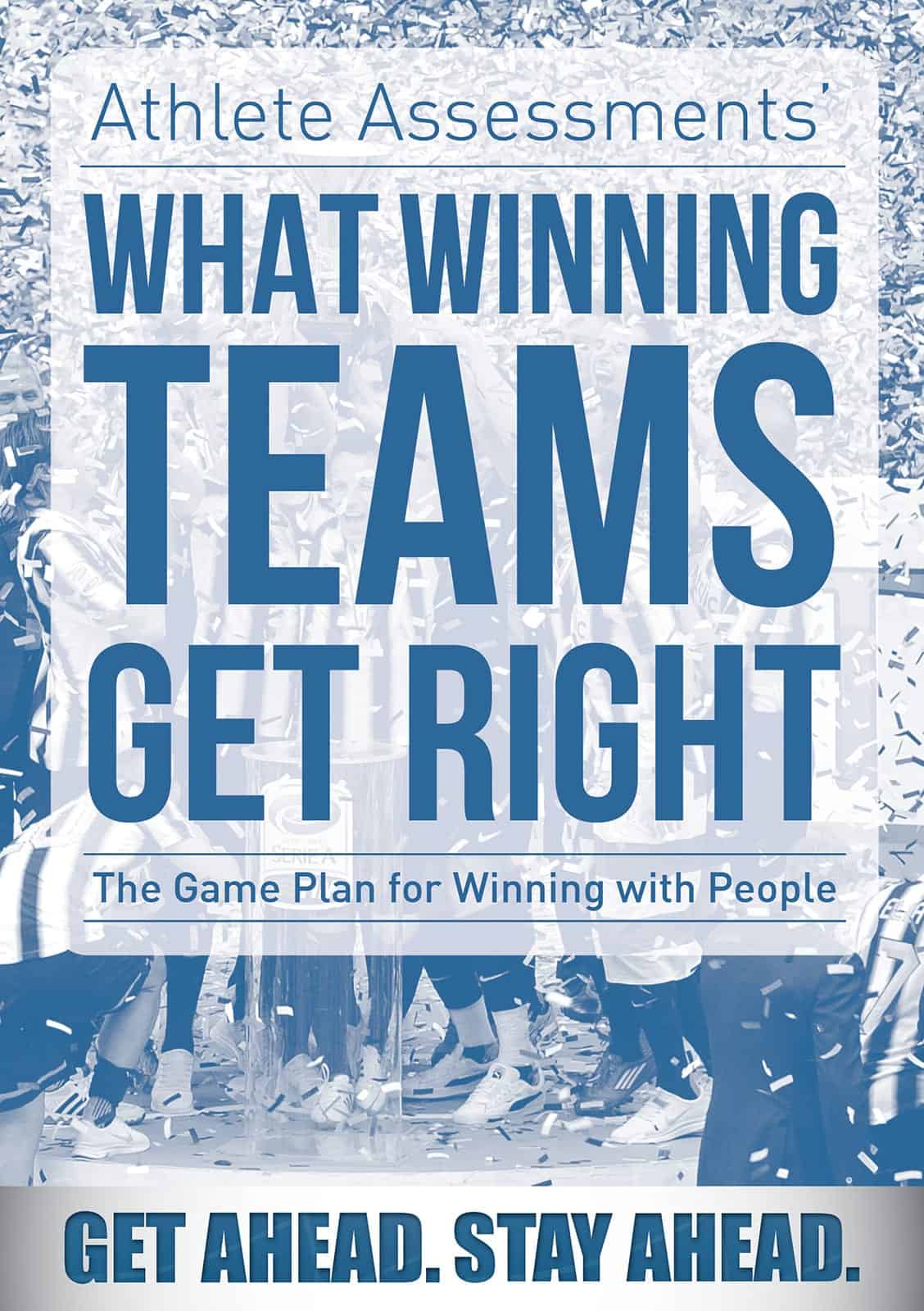

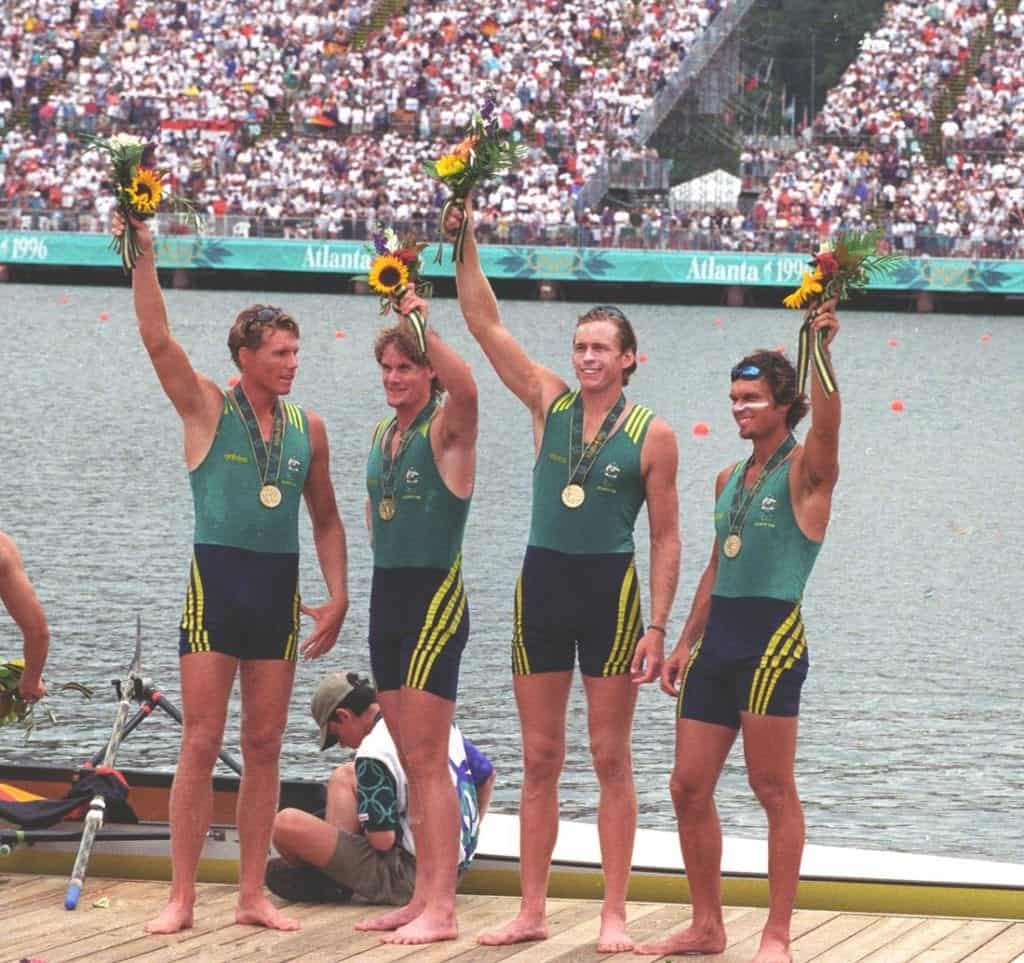
1 thought on “Tuckman’s Stages of Team Development in Sport”
Fantastic items from you, man. I have take into accout your stuff
previous to and you are just extremely fantastic. I really like what you have acquired here,
certainly like what you’re stating and the way in which wherein you are saying it.
You make it entertaining and you still care for to keep it smart.
I can’t wait to learn much more from you.
This is really a great site.